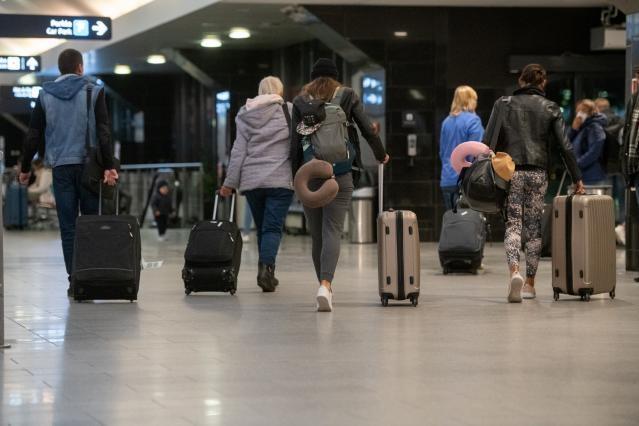
A proposal by the European Commission (EC) to simplify information about COVID-related travel threats runs the risk of doing the opposite.
The proposed system would attach traffic-light colors to regions and, broadly speaking, follow the principle of green for go, amber for caution, red for no-go. Then, in classic bureaucratic fashion, EC adds a fourth color—grey for don’t know.
The problem that the EC is trying to solve is valid. There is a complete lack of harmonization by governments worldwide in their approaches to quarantines and border closures, which are popping up and down at a moment’s notice, leaving travellers uncertain if they should travel internationally.
As European commissioner for justice Didier Reynders put it, “The cacophony of national rules in the EU is overwhelming.”
The inconsistencies, complexities and politicization of these ad hoc rules is stifling air travel and economies. Budapest ultra-LCC Wizz Air, as an example, has been one of the fastest European carriers to adapt and restore its network and it serves some 45 countries. But in the past six months it has not seen any two governments approach virus-related restrictions in the same way.
Colored maps emerged after the 9/11 terrorist attacks and for the most part, were ineffective. Few people knew the difference between a red alert and amber. And in many places, including the US, amber became the default and was ignored by the traveling public.
The EC’s COVID color map is similarly opaque and full of ifs and buts. Green = total number of newly notified COVID-19 cases is less than 25 during a 14-day period AND the percentage of positive tests from all COVID-19 tests is less than 3%. Amber = total number of newly notified COVID-19 cases is less than 50 during a 14-day period BUT the percentage of positive tests from all COVID-19 tests is 3% or more OR the total number of newly notified COVID-19 cases is between 25 and 150 BUT the percentage of positive tests from all COVID-19 tests is less than 3%. Red = the total number of newly notified COVID-19 cases is more than 50 during a 14-day period AND the percentage of positive tests from all COVID-19 tests is 3% or more OR the total number of newly notified COVID-19 cases is more than 150 per 100 000 people during a 14-day period. Got that? If no, don’t worry—there’s still grey, where there’s not enough data to be sure.
Clear as brown mud.
What’s needed is not a kid’s crayon set, but an urgent dialogue between governments to agree a harmonized, common set of principles on travel restrictions that are consistently followed. These should recognize the enormous efforts that the airline industry had made to keep flying safe.
Approached correctly, that would be winning checkered flag for everyone.
Karen Walker/ATW [email protected]





